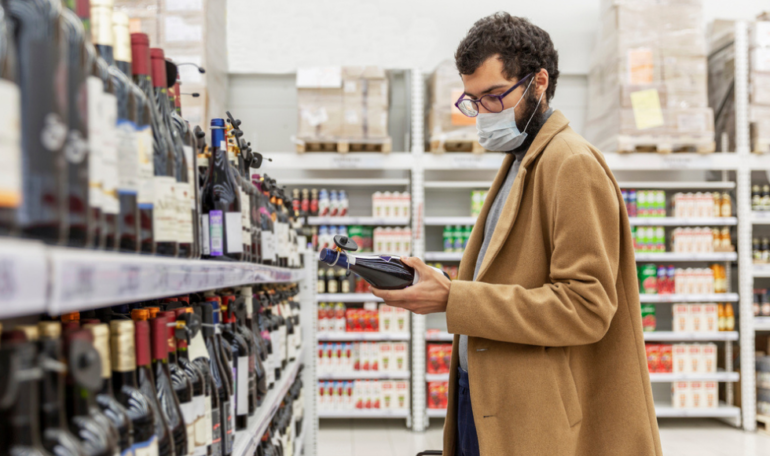Alcohol and cannabis sales in Canada have been higher during the COVID-19 pandemic compared to pre-pandemic sales. Since March 2020, monthly alcohol sales increased by an average of 5.5 percent over expected sales, while cannabis sales had a much steeper increase, approaching 25 percent.
The findings were identified in a study conducted by the Peter Boris Centre for Addictions Research (PBCAR) of McMaster University and St. Joseph’s Healthcare Hamilton, and the Homewood Research Institute.
The study used information from Statistics Canada to compare 16 months of alcohol and cannabis sales before and after the pandemic began (November 2018 to February 2020 compared to March 2020 to June 2021). During the pandemic period, Canadians bought 1.86 billion dollars more alcohol than was predicted based on the pre-pandemic trend. Increases in cannabis sales were $811 million higher, nearly a billion dollars above the predicted amount.
“These results offer one of the first national perspectives on changes in alcohol and cannabis use during the pandemic,” said James MacKillop, director of the PBCAR and co-author of the study. “These sales data give us an opportunity to quantify the pandemic’s impacts on two of the most commonly used substances for the country as a whole.”
The research also showed that in March 2020, sales of alcohol and cannabis surged by approximately 15 percent over what was expected. The spike parallels other consumer stockpiling of various goods as the first wave of the COVID-19 pandemic began to broadly impact North America.
Alcohol sales subsequently returned to more typical levels after stockpiling in March 2020, but remained elevated overall, whereas cannabis sales continued to outpace predicted levels more dramatically across the 16-month period. Notably, the contrast between alcohol and cannabis increases are congruent with a separate study of self-reported pandemic-induced changes in cannabis use among Canadians by the Centre for Addiction and Mental Health.
MacKillop emphasized that the clinical significance and the effects on public health cannot be directly inferred from the increased sales figures alone, but that these macroeconomic indicators may serve as an early warning system for more long-term clinical impacts linked to increased substance use.
“These sales figures give us clues into potential changes in behavioral patterns and can inform planning to address mental health impacts of the COVID-19 pandemic,” he said.
A complexity in the findings is that the pandemic cannabis sales follow the first 16 months following legalization. Although the predictions incorporated the rapidly expanding legal market, the pandemic may have shifted cannabis consumers from the illegal market to legal, online purchasing, MacKillop added. This contributed to the substantial increase in legal cannabis sales since March 2020, compared to the more modest increase in alcohol sales.
Jean Costello, director of evaluation at Homewood Research Institute and a study co-author, said: “It’s unclear whether similar patterns exist outside of Canada, but the findings indicate the value of sales data as a strategy to characterize the impacts of COVID-19 on substance use.
“Although the changing landscape following cannabis legalization is a critical consideration, the availability of cannabis sales data at all is a boon for researchers evaluating the pandemic’s impacts.”
The study was published in JAMA Network Open.
More information:
National Retail Sales of Alcohol and Cannabis During the COVID-19 Pandemic in Canada, JAMA Network Open (2021). DOI: 10.1001/jamanetworkopen.2021.33076
Provided by
McMaster University
Citation:
Study finds alcohol and cannabis sales rose with pandemic (2021, November 4)



